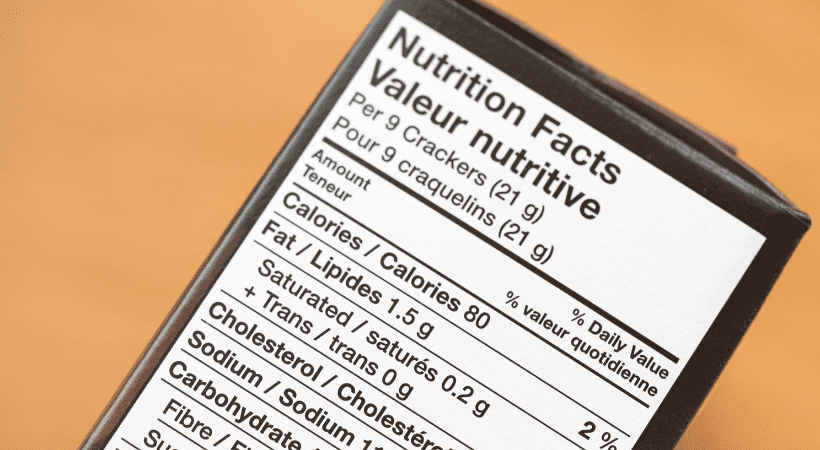How do you substantiate a pet food claim and how does this differ from human food claim substantiation?
How do you substantiate a pet food claim and how does this differ from human food claim substantiation?
Ashbury Product Information Experts Demelza Sully and Steve Spice, discuss the requirements to substantiate a functional claim on pet food and how the process differs from that of human food.
Legal requirements for packaging go beyond human food. There are strict pet food regulations that differ from human food in many ways – one of these relates to the nutrition and health claims made on the packaging.
There are a lot of claims made on pet food products aimed at prospective purchasers explaining the benefits the product can offer. These can include content claims, comparative claims, descriptive marketing claims or functional claims. It is the latter of these claims, functional benefit claims, that this blog concentrates on, although the substantiation principles apply equally to them all. A functional benefit claim should be familiar to those who have had dealings with health claims on human foods. It describes a positive benefit of the food or a component within the food that goes beyond meeting basic nutritional needs (as per nutrition and health claim guidance UK). It is not unusual for a product to carry several claims; for instance: ‘Antioxidant vitamin E to help support immunity’, ‘Calcium to support healthy bones’ and ‘Omega 6 & 3 for healthy skin and coat’ with good practice making a clear link between what component is creating the claimed benefit.

The difference between food claims and feed claims
When dealing with human food the nutrition and health claim guidance UK advises that a health claim requires pre-market authorisation and a positive list exists from which a claim may be drawn, assuming of course, that the product complies with any conditions for the claim’s use. Pet food regulations are quite different as except for some PARNUTS claims there is no premarket authorisation, nor any positive list. It is for the person responsible for the labelling to have ready scientific substantiation for the claim when the product is placed on the market. This is a legal requirement for packaging in the UK and while the clause in the regulation gives some useful detail it is the FEDIAF Code of Good Labelling Practice for Pet food that fills in many of the remaining blanks. What is clear is that the feed business operator responsible for the labelling must be able to present a scientific argument to support all the claims they are making on pack.
What details are required in a case to substantiate functional benefit claims?
- The claim that is being made on the pack.
- The component(s) that is conveying the benefit
- The level that the component(s) need to be present at in order to substantiate and elicit the claimed benefit (This is the science side of things and generally achieved through published scientific papers either in the public domain or those produced in-house.)
- The levels of component(s) actually present in the product. (verifies that the level established to provide the benefit has actually been achieved in the on-shelf product the customer purchases for their pet.)
- Key scientific papers/data relating to the validity of the claim. It is important to note that ignoring studies or results that do not support the claim could result in it being invalid.
This information is best compiled into a dossier available at product launch, kept under regular review and ready to hand should it be requested by an enforcement officer. The amount of scientific substantiation will depend to an extent on the complexity and novel nature of the claim being made. It would certainly be insufficient to simply place reliance on another brand owners’ claim on a similar product or to include a component without ensuring that the level is sufficient to produce the claimed benefit. It is feed business operator responsible for the labelling who must have this information available themselves. Fortunately, most claims on pet food are very similar and there are good sources of information available to draw from to complete the substantiation dossier although it does require some scientific knowledge. The PUBMED website is a useful start point for research on a claim. Feed poses its own regulatory challenges with a complex landscape of legislation that requires careful navigation.
Our pet food specialists can advise on whether your label meets the nutrition and health claim guidance UK should you have any uncertainties.
Next reads
The Peanut Diaries: School and Social Occasions
The Peanut Diaries: Navigating Social Events and Celebrations with Food Allergies
The Peanut Diaries: A Parent’s Journey to Uncovering their Child’s Allergy
Redefining Healthy: What the FDA’s New Rules Mean for Food Labels and Nutrition Claims
Keep up to date with our latest insights
Subscribe to our mailing list to stay in touch with the latest news, insights and updates from Ashbury





